See and hear the Digital Command Control (DCC) and sound equipped InterMountain AC-12 Cab-Forward. We ran the HO scale locomotive on our layout using a Model Rectifier Corp. Digital Command Control (DCC) system. You can also read a full review of this model. […]
Type of Train: Steam Locomotive
Video: InterMountain HO scale AC-12 Cab-Forward 4-8-8-2
See and hear the Digital Command Control (DCC) and sound equipped InterMountain AC-12 Cab-Forward. We ran the HO scale locomotive on our layout using a Model Rectifier Corp. Digital Command Control (DCC) system. You can also read a full review of this model. […]
Sloan Cornell, steam tourist railroad pioneer, dies NEWSWIRE
INDIANA, Pa. — Sloan Cornell, one of the pioneers of the steam tourist railroad industry, died on April 20 at age 85. Cornell had a lifelong interest in steam locomotives, owning and operating half a dozen over the years. He built his first steam railroad, the Penn View Mountain Railroad, on his farm near Blairsville, […]
Bachmann Forney 2-4-4T
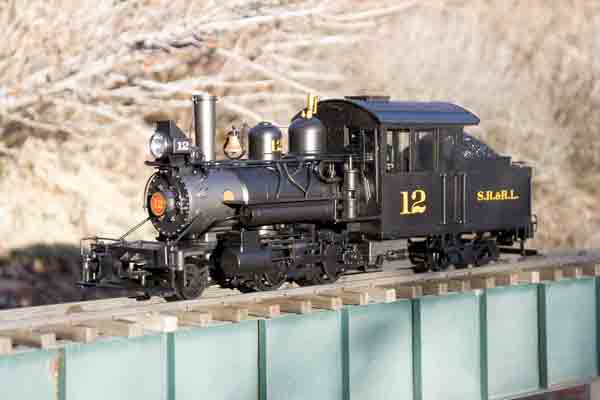
Vital statistics 1:20.3 scale, gauge-1 Forney 2-4-4TBachmann Industries1400 E. Erie Ave.Philadelphia PA 19124Price: $1,150Web site: www.bachmanntrains.com 1:20.3-scale model of a Sandy River Forney; available lettered for SR&RL or unlettered; available with inside or outside frames, wood cab or steel cab; plug-and-play electronics for DC, DCC, and R/C; flywheel motor; all-wheel electrical pickup; detailed cab interiors, […]
Bachmann Thomas the Tank Engine train set
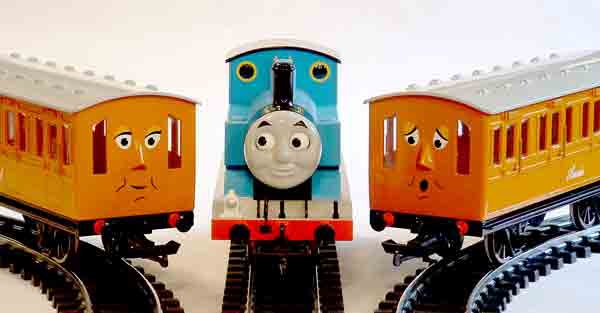
Large scale, gauge 1, ready-to-run Thomas the Tank Engine train setBachmann Trains 1400 E. Erie AvenuePhiladelphia PA 19124Price: $385Web site: www.bachmanntrains.com Non-scale-specific toy-train set; locomotive, two passenger cars, track, transformer, all necessary wiring, instruction book and product DVD included. Locomotive: 0-6-0T with blind center drivers; see-through spoked wheels; non-working front and rear lights; removable cab […]
Trainmax “Bark Box”
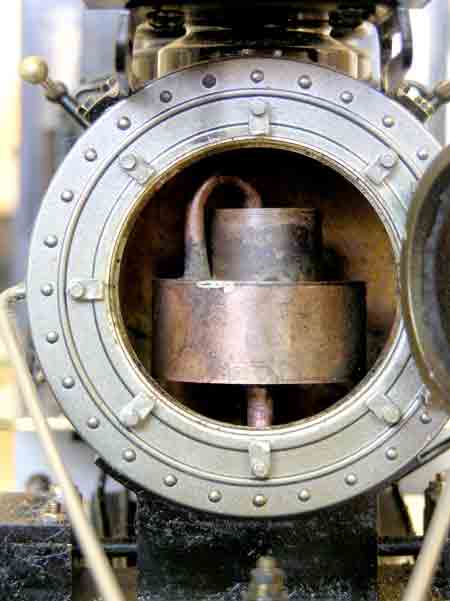
Subscriber extraSee Vance Bass’ video of this device! Vance Bass Trainmax “Bark Box”R&R Train Company2459 OdinNew Orleans LA 70122Price: $100-$125, depending on model (+ s&h)Web site: www.trainsales.com/barkbox.htm Smokebox resonator to enhance exhaust sound of live-steam locomotives; available for a number of popular gas-fired locomotives Pros: Remarkable increase in volume and depth of steam exhaust sounds; […]
Troubleshoot an HO scale brass steam locomotive
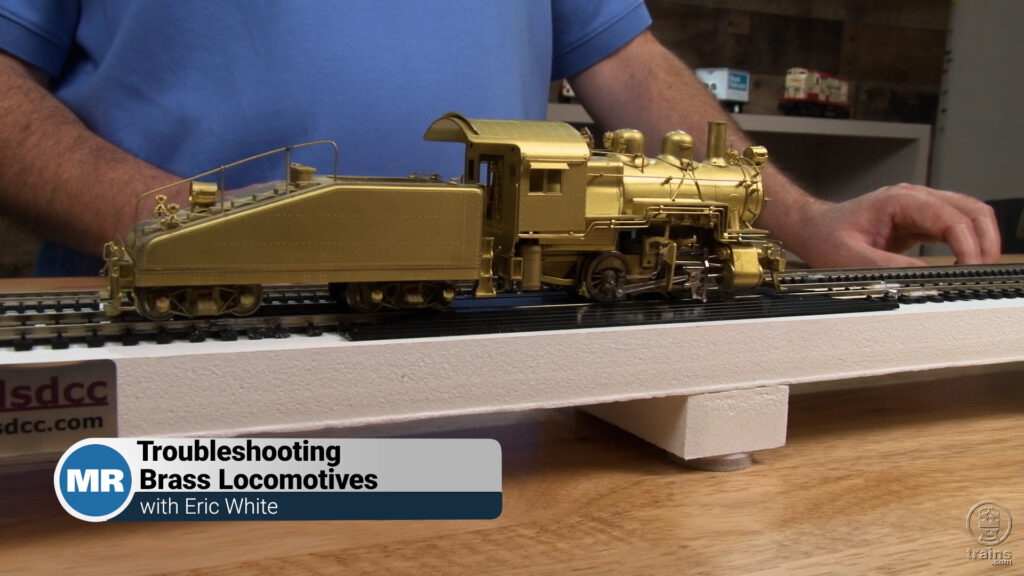
Senior Editor Eric White evaulates and troubleshoots an HO scale brass steam locomotive from Sunset Models to figure out why the gearbox isn’t turning. […]
Intermountain Railway Co. HO scale AC-12 steam locomotive

Intermountain Railway Co. HO scale AC-12 steam locomotive An AC-12 4-8-8-2 articulated Cab-Forward locomotive is the prototype of this ready-to-run HO model from InterMountain. The HO AC-12 has a high level of accurate detail and is available with a SoundTraxx Tsunami Digital Command Control (DCC) sound decoder that operates on DCC and DC layouts. Prototype. […]
The Pacifics that held up Berkshires
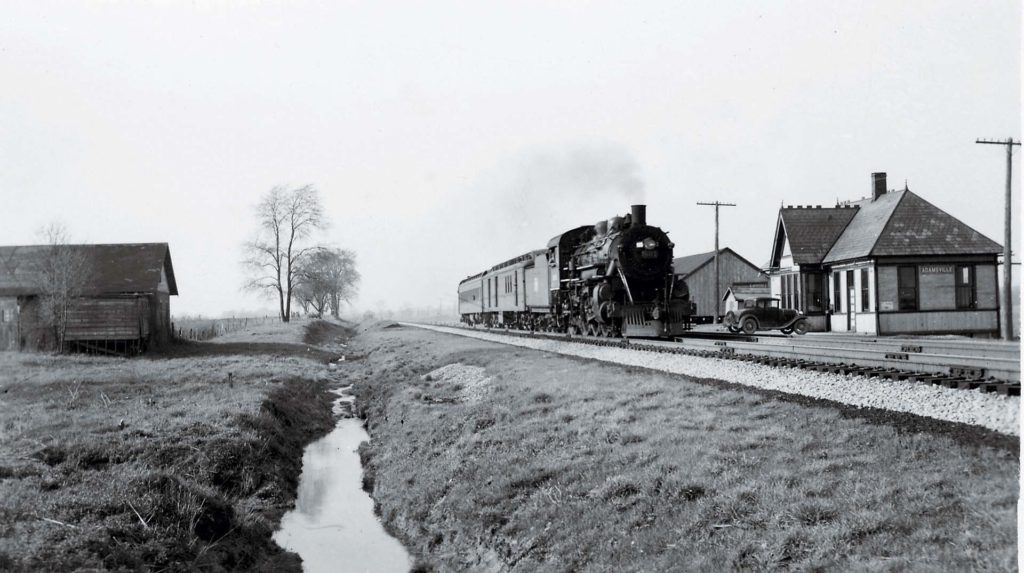
A supplement to the Classic Trains Online Look Back e-mail newsletter A B&LE Pacific with train 13 makes a stop at Adamsville, Pa., 9 miles from the end of its run at Greenville. Fred N. Houser photo Several years ago, in 2001, Norfolk Southern completed a $26 million line change through Erie, Pa., ending 120 […]
Bachmann On2½ Mallet 2-6-6-2

Bachmann On2½ Mallet 2-6-6-2 Featuring a Tsunami Digital Command Control (DCC) sound decoder, this new On21/2 articulated locomotive is fun to operate. The dual-mode decoder provides realistic sound effects on DC and DCC layouts. This highly detailed steam locomotive model is part of Bachmann’s top-of-the-line Spectrum series. Logging Mallets. Many narrow gauge railroads used articulated […]
Accucraft Forney locomotive
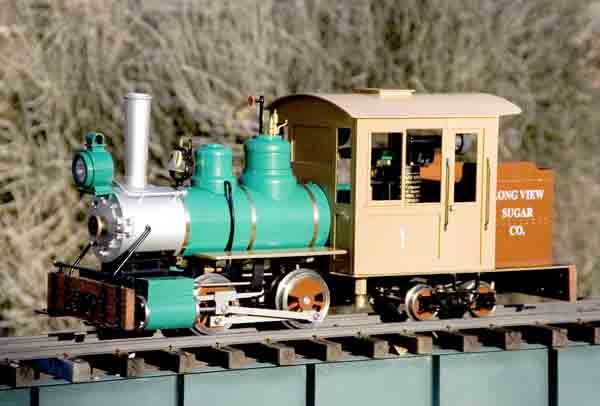
Subscribers: Don’t miss the exclusive highlight video of this impressive locomotive! Acccucraft Forney Marc Horovitz 1:20.3, gauge 1, live-steam 0-4-4 ForneyAccucraft33268 Central AvenueUnion City CA 94587Price: $659Web site: www.accucraft.com Freelance, live-steam Forney; all-metal construction; two double acting, piston-valve cylinders; piston-valve reversing; link-and-pin couplers; 50 psi blow-off pressure; single flue, gas-fired boiler; boiler fittings include safety […]
Bachmann starter sets
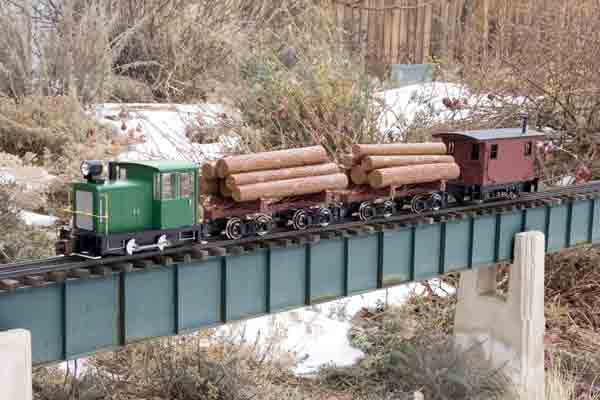
Bachmann Lumberjack set Marc Horovitz Bachmann Prospector set Marc Horovitz Gauge 1, large-scale starter setsBachmann Industries1400 East Erie AvenuePhiladelphia PA 19124Price: Lumberjack, $350; Prospector, $375Web site: www.bachmanntrains.com Large-scale starter sets; each set has a 1:20.3-scale Davenport diesel-outline locomotive, loop of track, power supply, accessories, DVD, and instruction book; “Prospector” (#90070) includes four side-dump ore cars; […]
